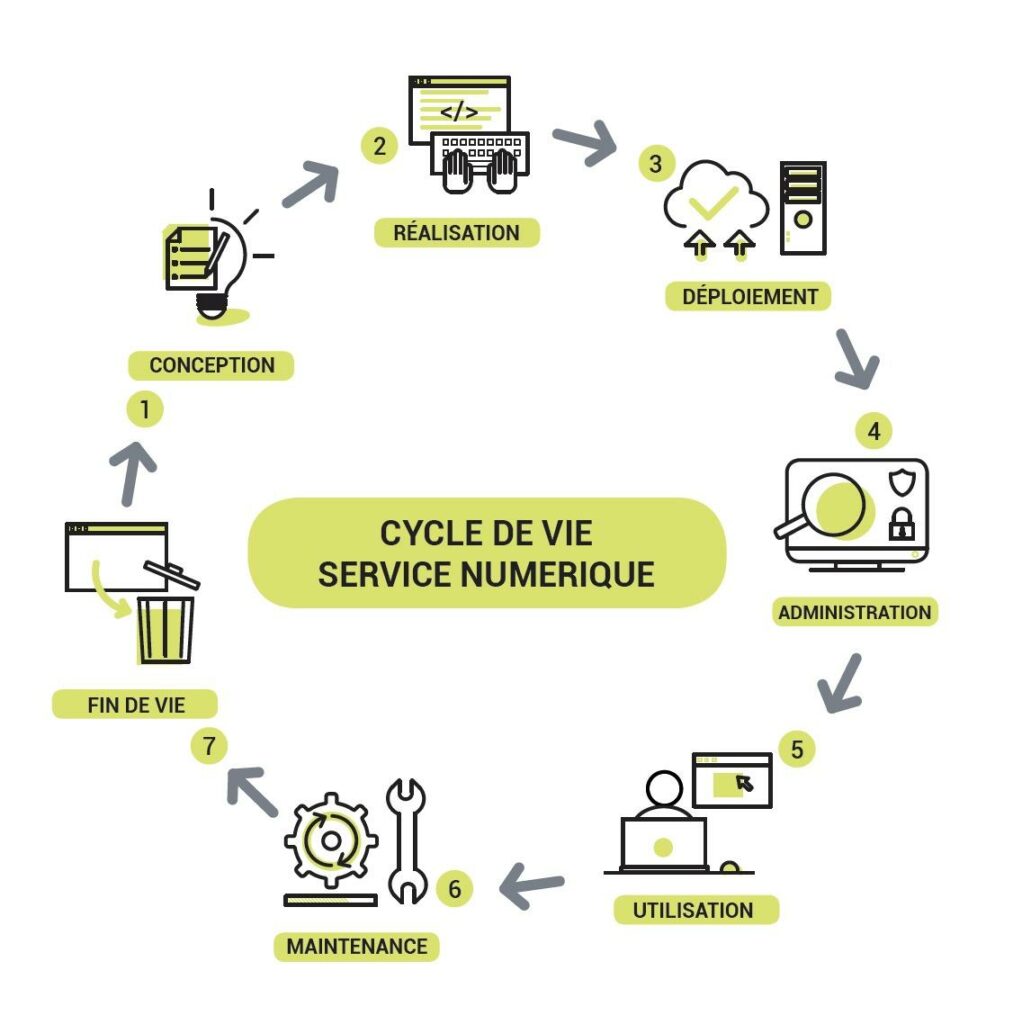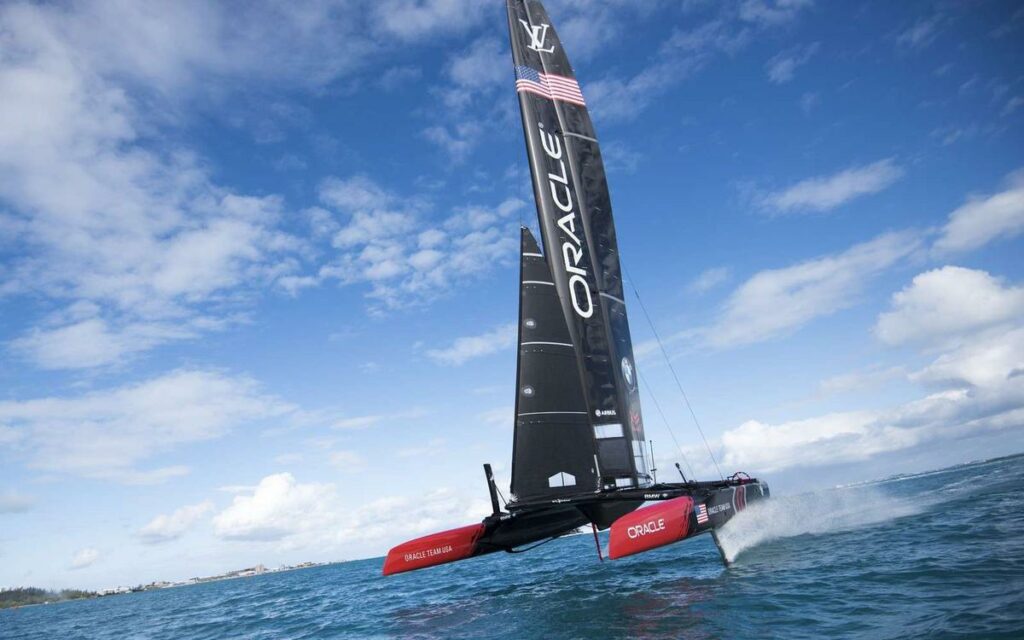IT infrastructures are evolving considerably with the rise of cloud technologies and the digital transition of companies. The digitization of processes, the alignment of information systems with uses and businesses, and the digitization of services are improving the performance and agility of companies, resulting in the evolution of technologies and the interoperability of systems. The advent of cloud technologies in all IT sectors (IaaS, PaaS, SaaS) is contributing to this digital revolution, but they are not necessarily a panacea, particularly in terms of the environmental impact of information systems and control of digital infrastructures. Faced with virtualization, the on premise remains an essential component of the best performing infrastructures.
The technological evolution of digital infrastructures, serving the performance of companies
According to estimates, the Infrastructure as a Service (IaaS) market should reach nearly 6 billion euros in France and more than 1,000 billion dollars worldwide by 2024. It is supported by a dynamic cloud ecosystem, marked in recent years by a sharp increase in the sale of software in SaaS (Software as a Service) mode and the deployment of Platforms as a Service (PaaS). The digital transition and the pandemic (which has seen the development of online services, e-commerce and the use of teleworking) have accentuated the demand for virtualization. This trend is obviously not a fad, as considerable sums have been invested at national and European level to support the development of these technologies.
On premise vs. on demand
For companies, SMEs, ETIs and large groups, As a Service solutions can offer a number of advantages, particularly in terms of deployment, administration and pay-per-use billing, which provide greater agility and flexibility. Despite an offer from a publisher of on-demand solutions covering all digital sectors and all business needs, perpetual solutions with on premise continue to be deployed within companies.
Competitive advantages of the solutions on premise are numerous. First of all, they guarantee better security of installations and better protection of corporate and personal data, in compliance with RGPD provisions. The use of software licenses on premise allows you to have a better control of the update cycles. You keep your autonomy with regard to the editors, and above all you are not dependent on the evolution of software technologies that impact the technical requirements of the configurations on which your applications are installed.
By installing software licenses on your servers or client workstations on premiseYou will be able to deploy customized and sustainable architectures. Each user profile will be able to benefit from a solution adapted to its needs in terms of functionalities, processing and sharing. You will be able to optimize your software architecture by integrating, thanks to the second-hand software license market, cheaper perpetual software versions, which will meet the functional specifications that you will have established with your teams.
Softcorner's marketplace, No. 1 in the used software license market, simplifies the management of your software assets. With Softcorner, you can buy the licenses you need to complete your software architecture, install new users, and meet new needs at a lower cost. The licenses on premise purchased second-hand on the Softcorner platform are complete and in compliance with European legislation. The Softcorner platform also allows you to sell your perpetual software licenses on the second-hand market and to obtain through this way the budget to finance your other IT projects.
By working with the Softcorner marketplace for the sale and purchase of used software licensesYou reduce your company's carbon footprint. Through the reuse of used software licenses, you participate in a positive circular economy and extend the life of your software licenses and computer configurations.
The choice of a hybrid or traditional infrastructure
New information technologies allow you to build high-performance architectures by giving you the possibility to connect heterogeneous environments. Thus you can easily build hybrid infrastructures to meet the business needs of your users, and make on-demand and off-demand solutions coexist and interact. on premise.







